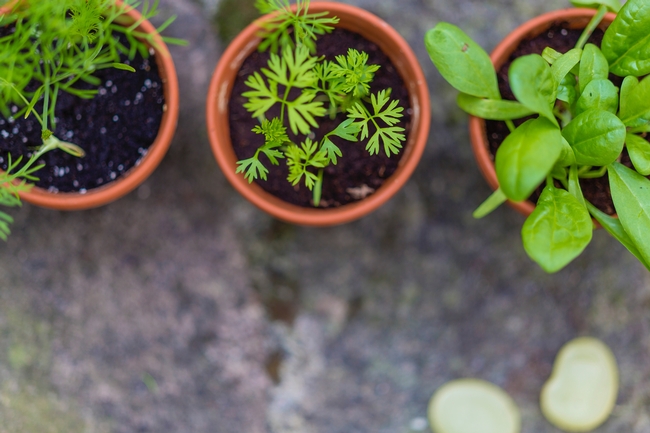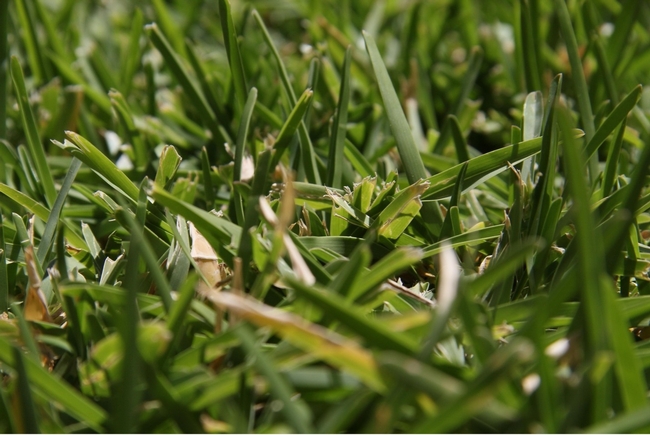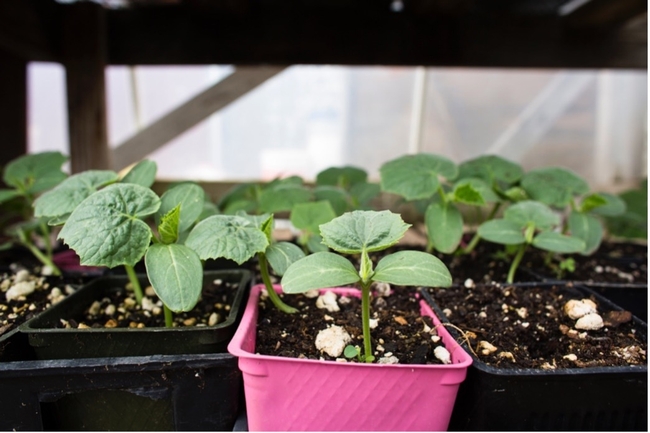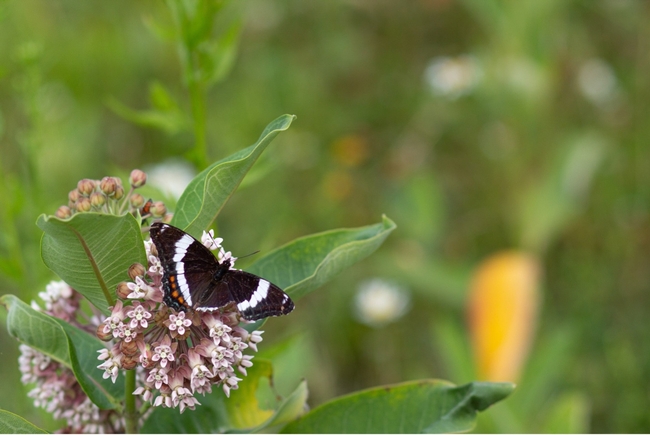Is Your Garden Ready for Spring? - March Gardening Tips
Happy March! The days are starting to get longer, which means the spring gardening season is about to begin. As temperatures begin to warm, it's the perfect time to start tackling tasks in the garden. Whether you've been hibernating and taking a break from gardening this winter, or you've been planning your spring garden for months, we have some gardening tips to help your garden thrive.
1. Clean up your garden just before the growing season swings into full gear. March is the perfect time to clean up your garden. If you haven't already be sure to:
- Prune dead branches to keep your trees healthy (for more information check out this pruning resource.)
- Prune summer-flowering plants that bloom on new wood such as crape myrtle
- Pull weeds once garden beds aren't water-logged
- Remove dead leaves or plant debris
- Clean your garden tools
2. Fertilize your lawn. The most important nutrients for lawns are nitrogen, phosphorus, and potassium. But most lawns only regularly need nitrogen. To give your lawn the nitrogen it likely needs, you must decide between a:
- Slow-release fertilizer that lasts 8-10 weeks (typically marked on the package as water-insoluble nitrogen or WIN)
- Soluble fertilizer that lasts about 4 weeks
3. Check your irrigation system to see if it needs maintenance. Adjust your irrigation controller for the appropriate season. Plants don't need as much water in late fall, winter, and early spring as they do in the summer months. Adjusting your watering schedule can save water and rescue plants from being overwatered. Do a walkthrough to check your irrigation system for any leaks or problems.
Common irrigation problems and solutions | |
|---|---|
|
PROBLEM |
SOLUTION |
|
broken sprinkler |
replace with a sprinkler that applies water at the same rate |
|
unmatched sprinklers |
replace with sprinklers that apply water at a common rate |
|
sunken sprinkler risers |
raise the sprinklers or replace |
|
crooked sprinklers |
straighten to an upright position |
|
turfgrass growing around sprinklers, other plants blocking sprinklers |
mow, prune or remove plant material |
|
sand or debris plugging sprinklers |
flush out sprinklers to remove debris; replace sprinklers as necessary |
4. Look for standing water in your landscape and containers. It is crucial to ensure that there is no standing water in your yard or garden, as it can be a breeding ground for mosquitoes.
5. Plant cool-season vegetables. March is still a good time to plant cool-season crops like peas, lettuce, spinach, and broccoli. These crops love the cooler weather and will thrive in your garden this time of year. Make sure to plant them in a spot that gets plenty of sun and has well-draining soil.
6. Start warm-season seeds indoors. If you're planning on growing warm-season vegetables like tomatoes, peppers, or eggplants, now is the time to start your seeds indoors. Learn more about seed-starting from our recent blog: Get a Head Start on Your Garden by Starting Your Vegetable Seeds Indoors.
7. Grow herbs. March is an excellent time to grow herbs that can enhance the flavors in your breakfast, lunch, or dinner. Herbs can be grown indoors (e.g., in a kitchen window) or outdoors in a pot, raised bed, or in the ground. Herb leaves and herbaceous stems are an incredible addition to most food. Try a new chimichurri recipe or herbed veggie dish this spring.
8. Look out for ladybug hatchlings. While inspecting your garden for pests, keep an eye out for newly hatched ladybugs and refrain from disturbing them. Ladybugs can be extremely beneficial to your garden as they prey on aphids that can be harmful to your plants. For additional information on ladybugs, you can refer to UC IPM's Lady Beetle information.
9. Plant flowers to attract butterflies and support your local pollinators. Some great pollinator-supporting plants include:
- Milkweed
- Lantana
- Honeysuckle
March is an exciting time in the garden as it marks the beginning of the growing season. As the temperatures start to rise there's a lot to do in the garden from maintenance to planting. It's time to start putting in the work that will pay off when you see your beautiful spring garden.
Ask your local UC Master Gardener Program
Have a gardening question? UC Master Gardener volunteers are available to help. Click here to Find a Program and connect with your local UC Master Gardener Program. You will be redirected to your local county website and contact information. UC Master Gardener volunteers are available to help answer questions for FREE. Happy gardening!








